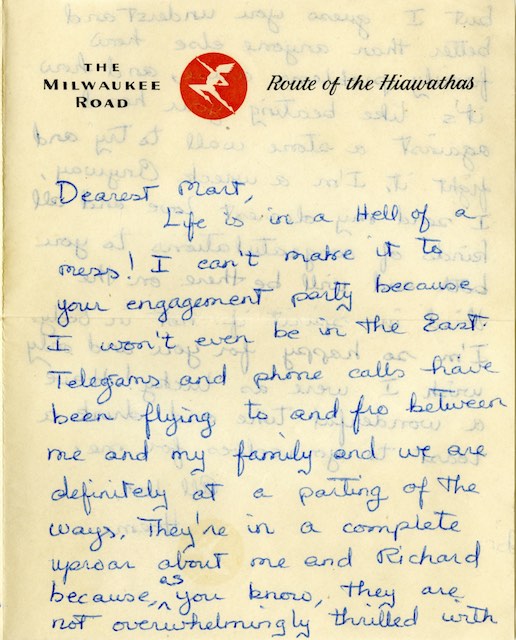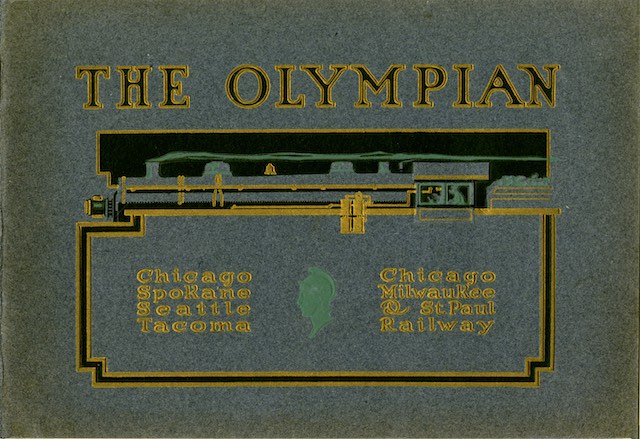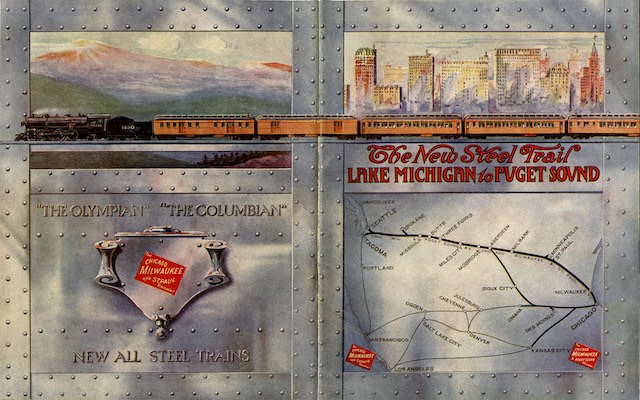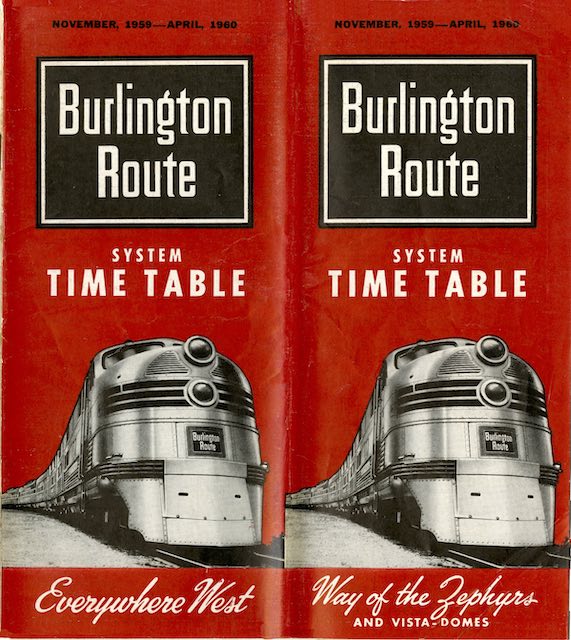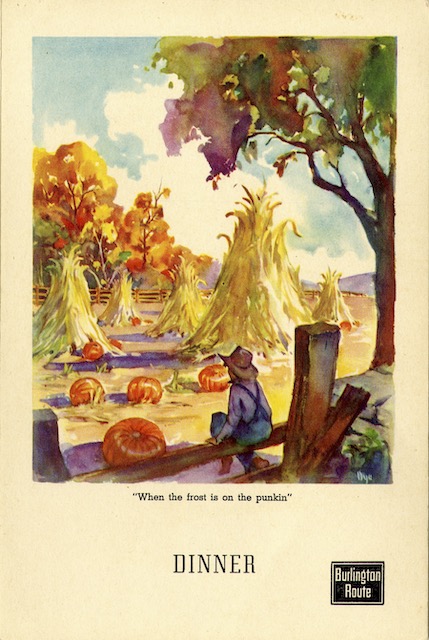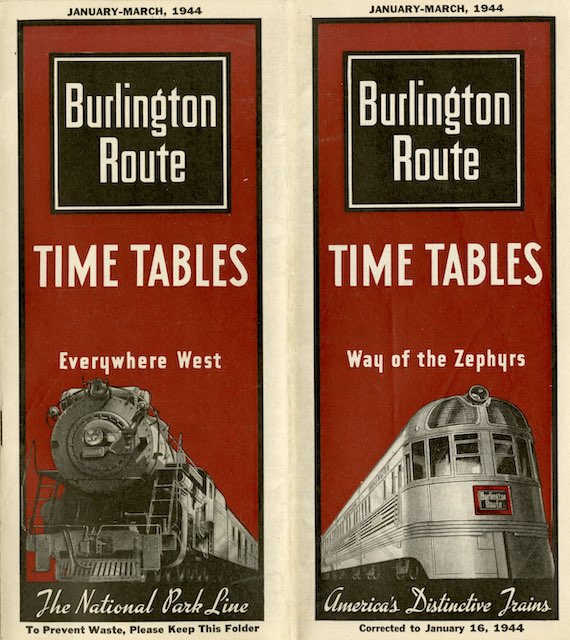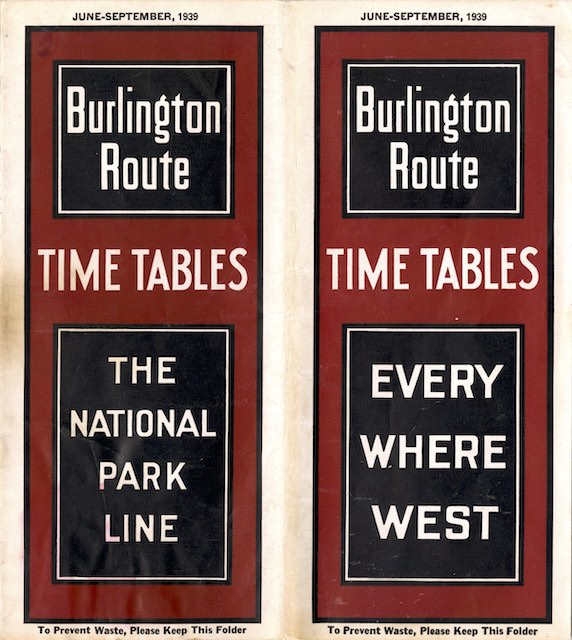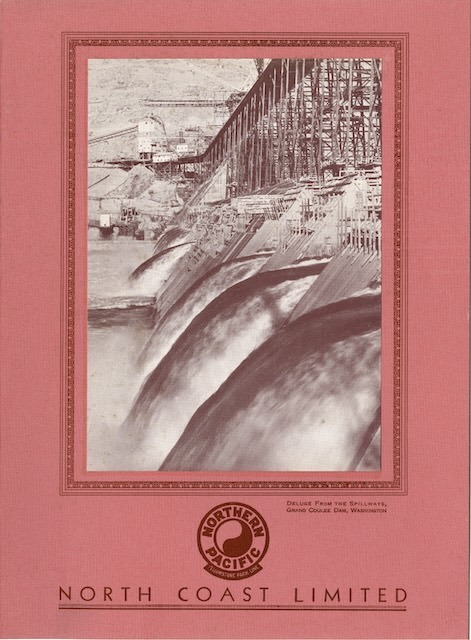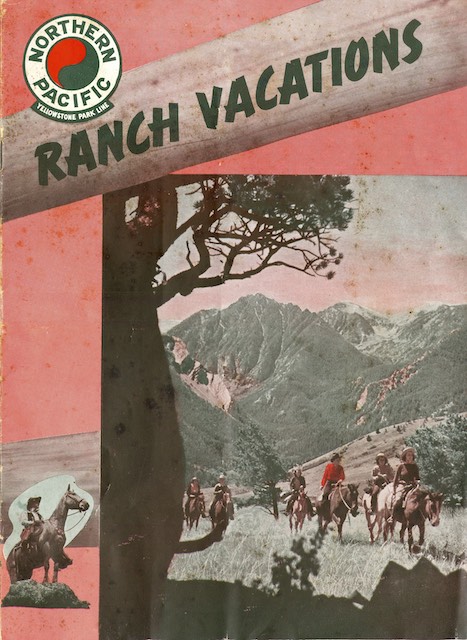We’ve previously seen a large (9-2/3″x13-1/2″) 1931 booklet encouraging people to take a seven-day tour of historic sites in Virginia and Washington DC. At 4-1/5″x7-2/3″, this undated booklet is more compact but covers the same ground. Perhaps falling into the deceptions of the Lost Cause school of thought, the C&O apparently regarded “history” as being mostly about the Civil War.
 Click image to download a 10.8-MB PDF of this 24-page tabloid booklet.
Click image to download a 10.8-MB PDF of this 24-page tabloid booklet.
But why does the cover of this booklet show someone who is dressed like one of the Three Musketeers? Some Jamestown colonists may have dressed a little like that, but Jamestown had no coaches-and-four similar to the one shown in the background. Continue reading

